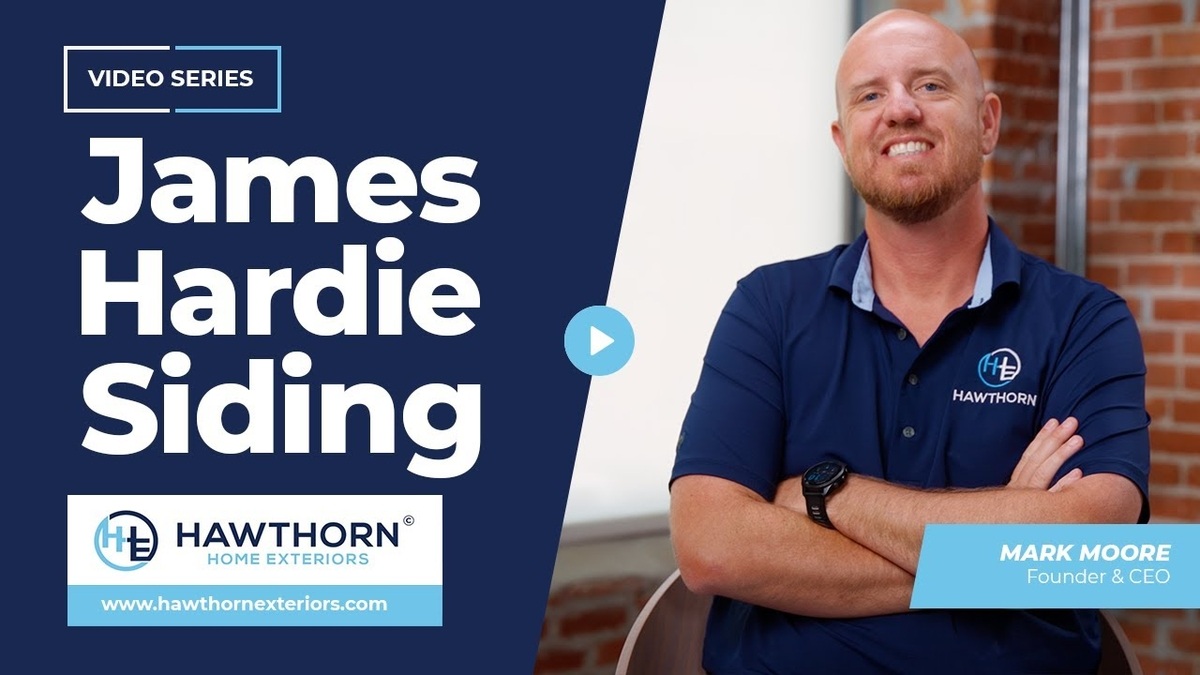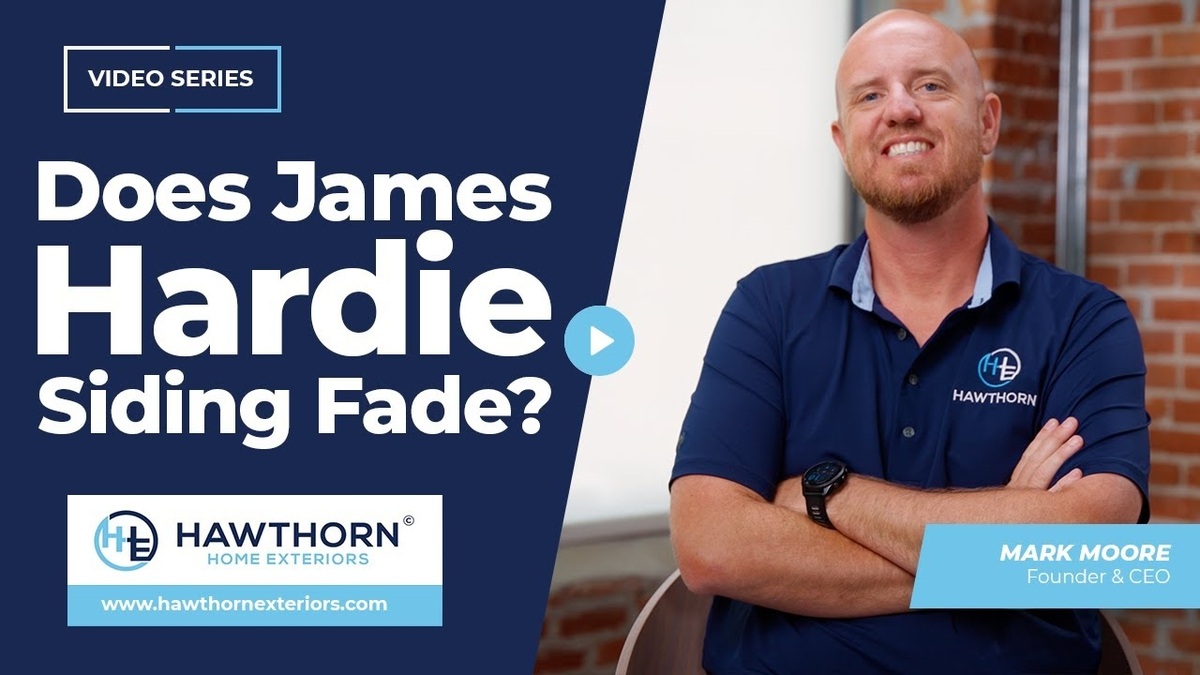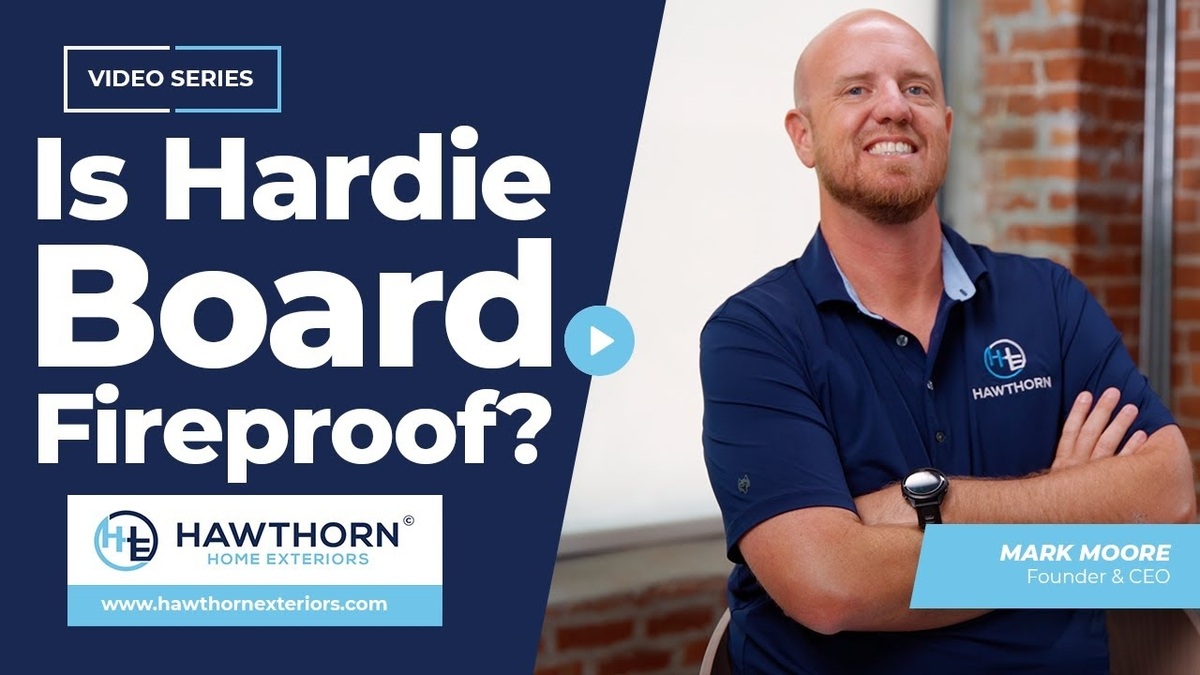Squirrels, woodpeckers, and carpenter bees can cause major problems for certain siding materials. Unlike wood or vinyl, James Hardie siding is built from durable fiber cement, giving it the strength to resist this kind of damage.
In this article, we break down how Hardie siding stands up against pests, why its tight fit and solid construction matter, and how it compares to other siding choices. You’ll also see how better protection helps reduce costly repairs over time.
How Does James Hardie Siding Handle Pest Problems?
Stops Damage from Squirrels and Woodpeckers
James Hardie siding is made of fiber cement, which is much tougher than wood. Squirrels, carpenter bees, and woodpeckers often target cedar and Masonite siding. These pests chew or peck at soft wood to create holes or build nests.
Hardie once ran an ad showing a woodpecker with a bent beak after hitting fiber cement. It is not just a joke. It shows how tough the product really is.
Key Takeaway: After we install James Hardie siding, pests usually try it once and never come back.
Sealed System Keeps Pests Out
James Hardie siding is installed tightly against your walls. It forms a sealed system, unlike vinyl siding, which hangs loosely. That tight seal helps keep out:
- Mice
- Lizards
- Snakes
- Other small animals
Vinyl expands and contracts, so it cannot be nailed tightly. That leaves gaps for animals to sneak behind. With James Hardie, those gaps are gone.
Pro Tip: A sealed siding system does not just look clean. It also blocks entry points for bugs and rodents.
How Does It Compare to Other Siding?
James Hardie vs. Cedar or Masonite siding
If your home has wood siding, you know how easy it is for animals to do damage. Carpenter bees bore into softwood, and squirrels chew to keep their teeth short.
James Hardie does not give in that easily. It resists chewing, pecking, and boring, which cuts down on repairs.
Need expert help with James Hardie siding? Contact Hawthorn for a free consultation.
James Hardie vs. Vinyl siding
Vinyl siding does not rot or attract pests the same way wood does, but its design leaves room for trouble. Because it hangs loosely:
- Squirrels and mice can crawl behind it
- Critters may run through your wall system
- You may hear noises in the walls, especially in colder months
James Hardie’s tight fit leaves no space for nesting or movement. It helps protect not just your siding but your home’s entire structure.
Why Pest Resistance Matters for Homeowners
Fewer Repairs and Lower Costs
When pests damage your siding, it is not always a simple fix. Bee holes and chew marks add up. Some repairs may involve full panel replacements or insulation damage.
Switching to pest-resistant siding means:
- Fewer contractor visits
- Lower long-term repair bills
- Better peace of mind year-round
Key Takeaway: Investing in pest-resistant siding saves you from future headaches and costs.
Better Protection for Your Home’s Interior
Once pests get past the siding, they can cause damage inside the wall. You might face:
- Electrical wire damage from rodents
- Mold from moisture intrusion
- Insulation issues
This siding creates a barrier that keeps pests and problems outside where they belong.
In Summary
So, is James Hardie siding pest-resistant? Yes. Its fiber cement makeup and sealed installation help block squirrels, woodpeckers, bees, and even mice. If you’ve had pest damage with cedar or vinyl siding, this upgrade can make a real difference.
Contact Hawthorn today for a free quote or to learn more about our James Hardie siding services. We’ll help you protect your home the smart way.





